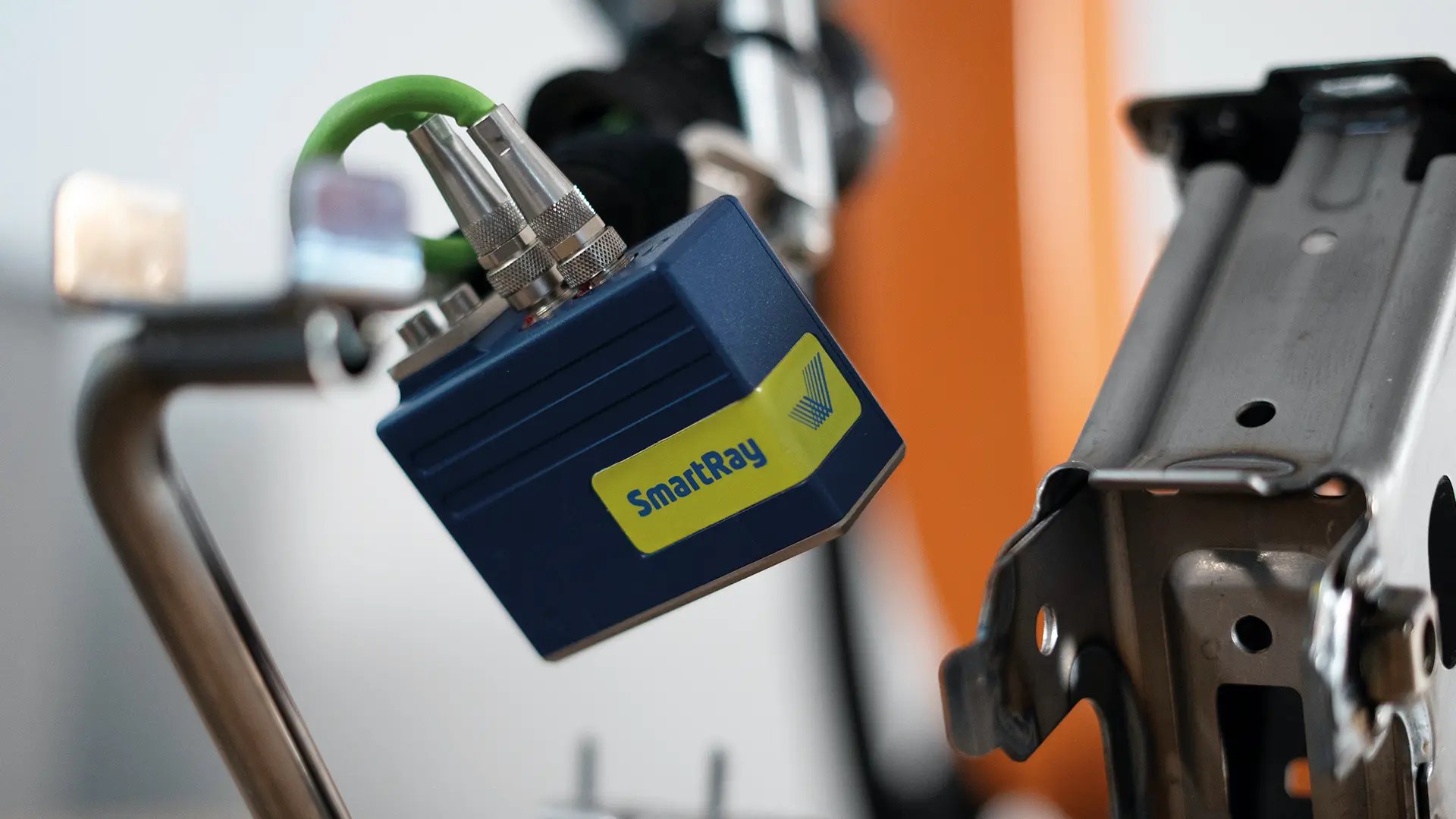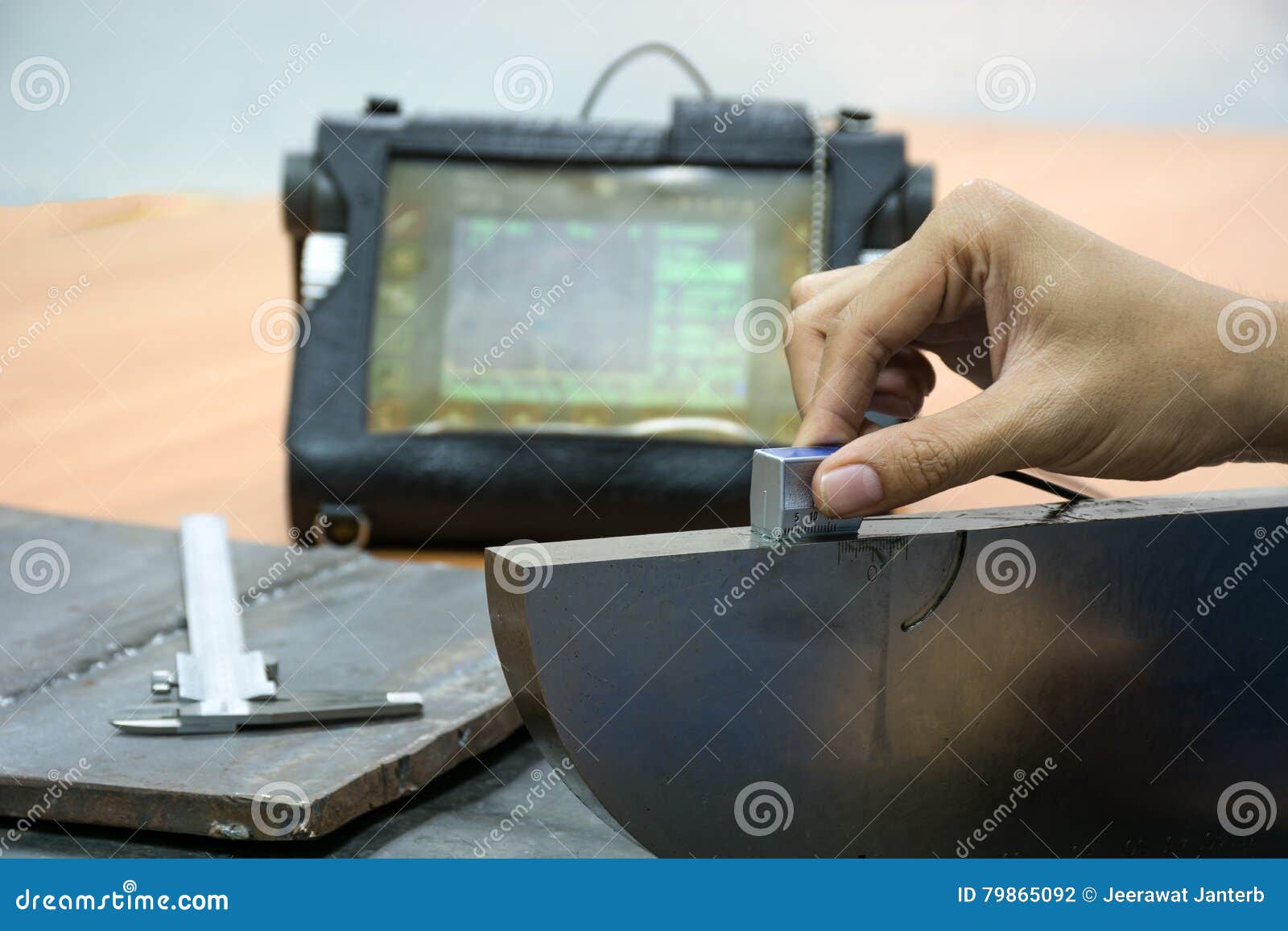Common Challenges in Welding Inspection Madison and How to Overcome Them
Common Challenges in Welding Inspection Madison and How to Overcome Them
Blog Article
Checking Out Advanced Tools and Methods for Accurate Welding Inspection
In the world of welding evaluation, the search of accuracy and integrity is critical, stimulating the growth of advanced tools and approaches. Technologies such as phased range ultrasonic testing and digital radiography are revolutionizing defect discovery, supplying exceptional accuracy in identifying welding flaws. Moreover, laser scanning technologies and computerized evaluation systems, furnished with synthetic knowledge, are redefining the landscape by minimizing human error and boosting safety and security actions. As these advanced methods remain to develop, they promise not only to transform evaluation practices but likewise to raise intriguing inquiries regarding the future of quality control in industrial applications.
Ultrasonic Testing Developments
Ultrasonic screening advancements frequently stand for the forefront of advancements in welding examination innovations. These innovations have considerably boosted the capacity to identify and review discontinuities within bonded structures, making sure boosted integrity and safety.

Furthermore, advancements in software application algorithms for information analysis have actually boosted the accuracy of issue detection and sizing. Automated ultrasonic testing systems now provide high-resolution imaging, allowing detailed assessments of weld top quality. These systems are frequently incorporated with innovative visualization devices, which help with the analysis of outcomes.
Radiographic Inspection Strategies
While ultrasonic testing innovations have actually established a high standard in non-destructive examination, radiographic assessment strategies remain to play an indispensable role in welding evaluation by using distinct understandings into material integrity. Radiographic screening (RT) uses using X-rays or gamma rays to penetrate products, producing a radiograph that aesthetically stands for the internal framework of a weld. This imaging capability is indispensable for discovering subsurface defects such as porosity, inclusions, and splits that might not show up through surface area assessments.
The process includes positioning a radiation source on one side of the weld and a detector on the opposite side. Variations in product density and density influence the depletion of the rays, producing a contrasting photo that specifically delineates problems. RT is particularly beneficial for evaluating intricate geometries and thick sections where various other methods might drop short.
Regardless of its efficiency, radiographic evaluation should be carried out with stringent adherence to security procedures because of the dangerous nature of ionizing radiation. The interpretation of radiographs calls for knowledgeable workers, as the top quality of the evaluation directly impacts the integrity of the inspection. Consequently, recurring improvements in digital radiography are improving image quality and analysis performance, strengthening RT's essential role in making sure weld quality.
Laser Scanning Advances
Accepting laser scanning modern technology in welding assessment has actually changed the analysis of weld quality and honesty. This advanced method offers a non-contact, high-resolution ways of capturing thorough 3D information of weld surfaces. Unlike traditional assessment methods, laser scanning provides fast data procurement, significantly enhancing the performance and precision of weld evaluations. The innovation uses laser beam of lights to produce precise 3D models, which are essential for in-depth analysis of weld dimensions, surface irregularities, and potential problems.
Laser scanning developments have actually led to significant improvements in detecting and characterizing surface area defects such as porosity, absence of his comment is here blend, and damages. see this website The high-resolution information makes it possible for inspectors to carry out extensive evaluations, guaranteeing that welds satisfy rigorous market standards. This approach sustains the advancement of digital documents, assisting in long-term quality assurance and traceability.
In addition, laser scanning innovation integrates seamlessly with software application services made for automated issue discovery and evaluation. The resultant information can be conveniently shared and assessed, promoting collective decision-making procedures. As sectors continue to require higher standards for weld top quality, laser scanning continues to be at the leading edge, offering unmatched accuracy and efficiency in welding assessment.
Automated Inspection Equipments

Automated inspection systems provide the advantage of uniformity, eliminating human mistake and subjectivity from the assessment process. They are made to operate in various settings, from manufacturing floors to remote area sites, making sure detailed protection. Welding Inspection Madison. These systems can be set to comply with particular welding requirements and standards, supplying in-depth records and paperwork for quality assurance objectives
Additionally, the combination of cloud-based platforms facilitates the storage and analysis of large quantities of read the full info here examination information. This enables pattern evaluation and predictive maintenance, allowing manufacturers to attend to possible concerns before they rise. The fostering of computerized assessment systems is a crucial action in the direction of improving the integrity and effectiveness of welding procedures in industrial applications.

Enhancing Security and Efficiency
A significant element of boosting safety and security and performance in welding inspection depends on the assimilation of innovative modern technologies that simplify operations and mitigate dangers. The adoption of sophisticated non-destructive testing (NDT) methods, such as ultrasonic testing, phased selection ultrasonic testing (PAUT), and radiographic screening, plays an essential function in making sure structural stability without jeopardizing the safety and security of the workers included. These methods permit for detailed assessments with very little downtime, reducing possible risks linked with conventional approaches.
Moreover, the execution of real-time information analytics and artificial intelligence algorithms has actually changed the method assessment data is interpreted. By employing anticipating analytics, possible flaws can be determined before they manifest into critical failings, guaranteeing timely treatments and maintenance. This proactive strategy significantly enhances operational effectiveness and safety and security in welding processes.
In addition, remote evaluation modern technologies, including drones and robot crawlers furnished with high-resolution electronic cameras, make it possible for assessors to examine hard-to-reach locations without exposing them to unsafe problems. This not just improves assessment precision but likewise reduces human risk. By leveraging these advanced devices and approaches, industries can attain greater safety standards and operational effectiveness, eventually leading to more reputable and lasting welding evaluation techniques.
Verdict
The combination of sophisticated tools and techniques in welding examination dramatically enhances defect detection and guarantees structural stability. These developments not only increase evaluation effectiveness however also contribute to boosted safety and high quality assurance in commercial welding applications.

Ultrasonic screening advancements regularly stand for the center of improvements in welding inspection technologies.While ultrasonic testing advancements have set a high criterion in non-destructive evaluation, radiographic examination strategies continue to play an indispensable duty in welding assessment by offering special understandings into product integrity.Accepting laser scanning technology in welding inspection has revolutionized the analysis of weld top quality and honesty. As sectors proceed to demand higher requirements for weld high quality, laser scanning stays at the leading edge, providing unrivaled accuracy and effectiveness in welding examination.
Automated evaluation systems provide the benefit of consistency, removing human mistake and subjectivity from the inspection procedure.
Report this page